Food Additives
Food additive refers to a kind of natural or artificially synthetic chemicals which can improve the sensory properties (color, smell, taste) of food and food quality. To the adult foods, we can add some additives according to the China's health standards. However, the food additives should be strictly controlled to be applied to infant foods. Infant body has a relative weak detoxification mechanisms or protection mechanisms, being likely to cause the accumulation of large quantities of chemical substances. The World Health Organization and many countries have specified that food additives are not allowed to be supplemented to the infant food. Children's food should also be limited from using of food additives such as saccharin, colorings and flavors. Especially, for the food of baby of less than 12-week-old such as infant formula and cereal products, they should be completely free of food additives.
Classification of the food additives: Food additives can be divided into two categories including natural food additives and synthetic food additives. Natural food additive is obtained through using animal and plant or microbial metabolites as raw materials and further extraction. Chemical synthetic additives are obtained through de novo synthesis using chemical substances as raw materials. According to the usage purpose and the nature of chemicals, food additives can be divided into various categories, namely:
(1) acid, alkali, salt;
(2) bulking agent;
(3) antioxidant and synergist;
(4) the carrier solvent ;
(5) edible pigment;
(6) emulsifier, stabilizer and thickener;
(7) enzyme preparation for food processing;
(8) antifoaming agent;
(9) the flavorant
(10) bleaching agent;
(11) color former;
(12) quality improver;
(13) sweetener;
(14) preservative;
(15) sour agent;
(16) anti-caking agent;
(17) coagulant and others.
Food additives are not basic ingredients of food. The role of food additives in baked foods:
① it can facilitate the preservation of food, prevent the corruption and deterioration of food. A variety of fresh food, such as vegetable oils, margarine, biscuits, bread, cakes, moon cake, etc., if not subject to timely processing or improper processing, often get corrupted and deteriorated, causing great losses. Antiseptic, antifungal agents, antioxidants can be applied to prevent the food spoilage caused by microorganisms and oxidation, thus extending the shelf life of food.
② It can be used to improve the sensory quality of food. The color, smell, taste, shape and texture of food are all important indicators for measuring the quality of the food. After the food processing, some are faded, some can get discoloration, such as birthday cake of mounting patterns; some food can get worsen taste and changed flavor, texture and mouthfeel; Appropriate application of emulsifiers, thickeners, coloring agents, flavors, sweeteners, sour agents, flavor agents, quality improvers and leavening agents can significantly improve the sensory quality of food to meet the different requirements of the people.
③ It can be used for maintaining or improving the nutritional value of food. Food processing often may often cause some loss of nutrients. From this perspective, during food processing, addition of appropriate amount of some kind of nutrients supplement belonging to the natural range of food nutrition can greatly improve the nutritional value of food. The applications of food preservatives and antioxidants, while preventing corrupt deterioration food, also play a significant role in maintaining the nutritional value.
④ increase the variety and convenience of the food. There are dazzling variety of food on the market for consumers to choose with most of them being dependent on anti-corruption, anti-oxidation, emulsification, thickening, and the results of different coloring, flavoring, seasonings and even combination of a variety of other food additives. It is these various kinds of foods that give great convenience to the many people's lives and work.
⑤ Application of flour treatment agents, thickening stabilizers and emulsifiers in food processing can facilitate the food processing operations and the mechanization and automation of the production.
⑥ It can be used to meet the different requirements of people. For example, patients of diabetes can’t eat sugar; then you can use non-nutritive sweeteners or low-calorie sweetener to manufacture sugar-free food and low-sugar low-energy food.
The hazards of food additives; food additives, in addition to the beneficial effects mentioned above, may also have certain dangers, especially for some species of them which have already contained certain toxicity themselves. Particularly in recent times, people have been more and more concerned about the potential hazards of long-term intake of food additives may bring. The most attention and worry currently are still on the potential harm caused by the potential carcinogenic and teratogenic effect of some synthetic food pigment. Sodium nitrite has long been applied as the color fixative and color former of meat products. In addition to its capability of endowing meat products with beautiful, bright red color and enhanced meat flavor, the more important effect is its preservative effect which can inhibit various kinds of anaerobic Clostridium, especially Clostridium botulinum, preventing botulism. Once botulism occurs, there is a possibility of danger to human life. Therefore, sodium nitrite has an important role in meat processing and preservation.
However, it is now not only realized that it itself is of great toxicity, and further found that nitrite can react with secondary amines to generate nitrosamines with strong carcinogenic effect. So far there has been not yet of ideal item that can act as substitute of sodium nitrite, there has been also no evidence for human consumption of meat products in low doses that causes cancer, therefore, currently, people are mainly take measures such as reducing the amount, strictly controlling the residual amount and applying ascorbic acid simultaneously to prevent the generation of nitrosamines, reducing the threat it brings. Therefore, it is still allowed to be applied currently around the world under the precondition of being subject to strict control of its usage range, usage amount and residues amount.
The safe application of food additives: the most important features for food additives are safety and effectiveness. Among them, security is more important. To guarantee the safe application of food additives, people must conduct safety evaluation on them. The safety evaluation is comprehensive in accordance with national standards and sanitary requirements and based on the producing technology, the physical and chemical properties, quality standards, effect, scope, amount, toxicological evaluation and testing methods of the food additives. Among them, the most important indicator is the toxicological evaluation. Every country mostly state it in the form of regulations such as the use of food additives health standards to determine the permitted varieties, purpose, scope, the maximum usage and / or the maximum residue levels of the food additives. Since most of the existing food additives and food additives have been all subject to or must be subject to rigorous toxicological tests and safety evaluation. Therefore, it can be considered that now we have reduced the harm of food additives to a minimum Level. It is worth noting, as long as strict complying the relevant provisions stated in "food additives health standards" (GB 2460-1996) for proper use of food additives, not only their safety can be guaranteed, but also their beneficial effect can be maximized in the same time. We can also maximize the elimination of their potential adverse effects to the human being.
- Chemical Name:glucomannan
- CAS:11078-31-2
- MF:(C35H49O29)n
- Structure:

- Chemical Name:HEXADECANAMIDE
- CAS:629-54-9
- MF:C16H33NO
- Structure:
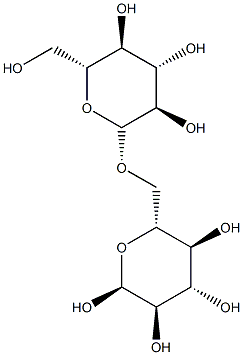
- Chemical Name:Polydextrose
- CAS:68424-04-4
- MF:C12H22O11
- Structure:

- Chemical Name:TRANS-2-DECENOIC ACID
- CAS:334-49-6
- MF:C10H18O2
- Structure:

- Chemical Name:Polyethylene glycol monooleate
- CAS:9004-96-0
- MF:(C2H4O)nC18H34O2
- Structure:
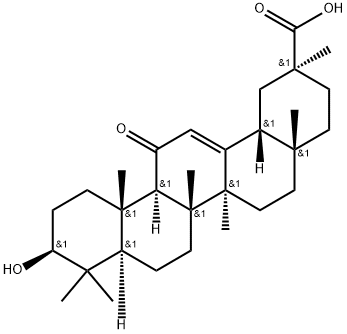
- Chemical Name:18β-Glycyrrhetinic Acid
- CAS:471-53-4
- MF:C30H46O4
- Structure:

- Chemical Name:Xanthophyll
- CAS:127-40-2
- MF:C40H56O2
- Structure:

- Chemical Name:METHYL SORBATE
- CAS:1515-80-6
- MF:C7H10O2
- Structure:

- Chemical Name:MOLECULAR SIEVE
- CAS:1344-00-9
- MF:AlNaO6Si2
- Chemical Name:NUTRIENT AGAR
- CAS:
- MF:
- Chemical Name:Zinc in yeast
- CAS:
- MF:
- Structure:

- Chemical Name:Pyridoxine dipalmitate
- CAS:635-38-1
- MF:C40H71NO5
- Chemical Name:SEMI REFINED PARAFFIN
- CAS:
- MF:
- Structure:
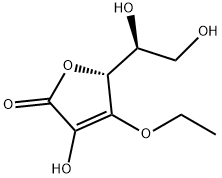
- Chemical Name:3-O-Ethyl-L-ascorbic acid
- CAS:86404-04-8
- MF:C8H12O6
- Structure:
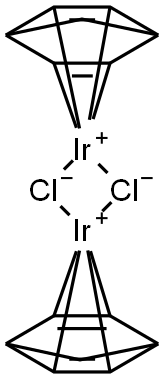
- Chemical Name:Disodium nucleotide
- CAS:12111-11-4
- MF:C14H8Cl2Ir2
- Structure:
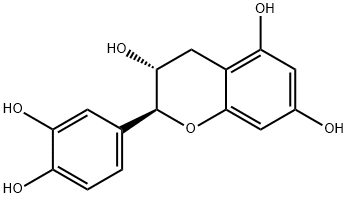
- Chemical Name:(-)-CATECHIN
- CAS:18829-70-4
- MF:C15H14O6
- Chemical Name:I+G
- CAS:
- MF:
- Structure:
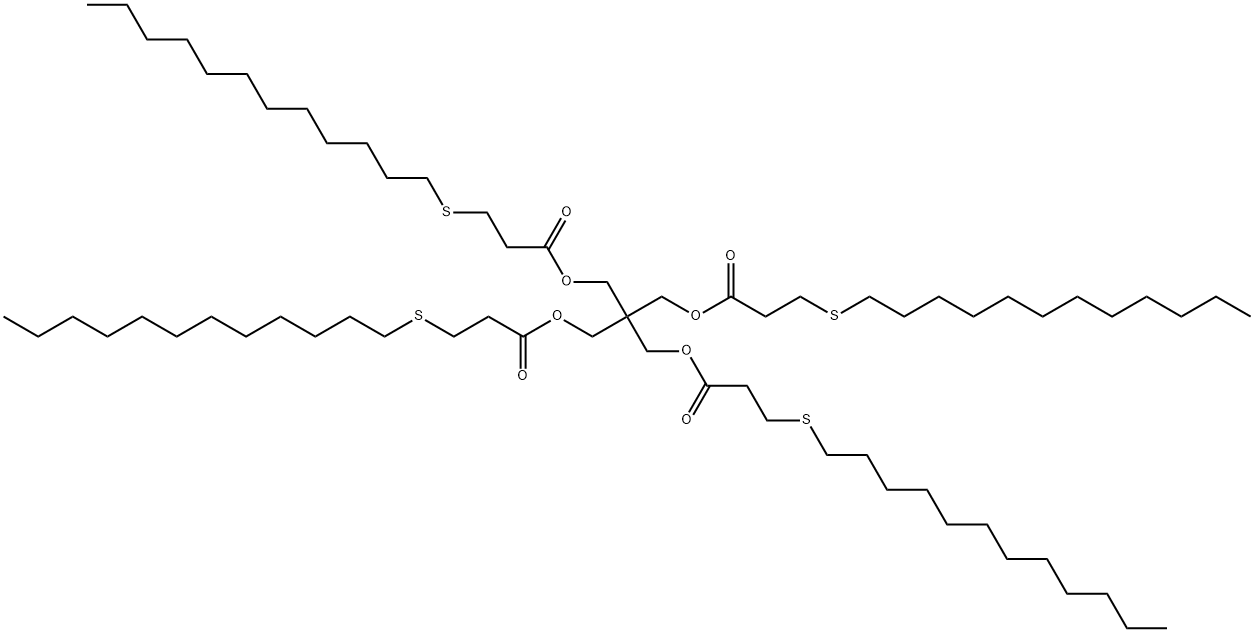
- Chemical Name:Antioxidant 412S
- CAS:29598-76-3
- MF:C65H124O8S4
- Structure:

- Chemical Name:5-PHENYL-4E-PENTENOL
- CAS:
- MF:C11H14O
- Chemical Name:LANOLIN FATTY ACIDS
- CAS:68424-43-1
- MF:
- Structure:
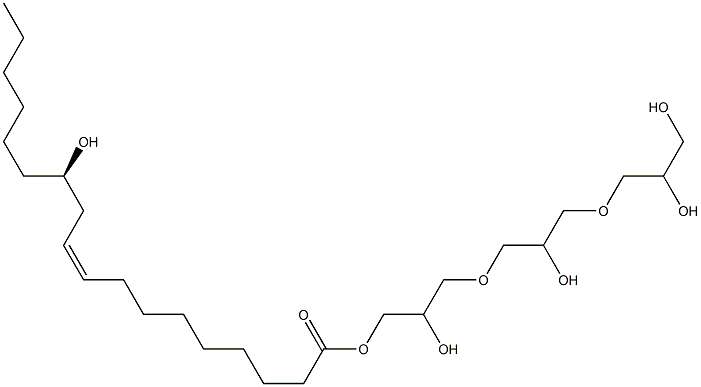
- Chemical Name:POLYGLYCERYL-3 POLYRICINOLEATE
- CAS:29894-35-7
- MF:C27H52O9
- Chemical Name:Starch, hydrogen phosphate, 2-hydroxypropyl ether
- CAS:53124-00-8
- MF:C44 H79 O35 P
- Chemical Name:Sugar Sphere
- CAS:
- MF:
- Chemical Name:Green tea seed oil
- CAS:
- MF:
- Chemical Name:ABS plastic antibacterial agent
- CAS:
- MF:
- Chemical Name:CALCIUM5'-RIBONUCLEOTIDES
- CAS:
- MF:
- Chemical Name: Non-dairy creamer
- CAS:
- MF:
- Chemical Name:Biglycinate ferrous
- CAS:
- MF:
- Chemical Name:Ethoxylated hydrogenated castor oil
- CAS:61788-85-0
- MF:
- Structure:
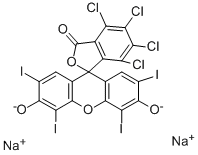
- Chemical Name:ROSE BENGAL
- CAS:11121-48-5
- MF:C20H2Cl4I4Na2O5
- Structure:
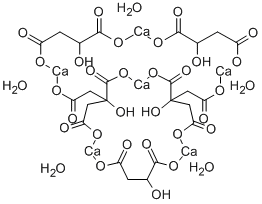
- Chemical Name:CALCIUM CITRATE MALATE PENTAHYDRATE
- CAS:120250-12-6
- MF:C24H32Ca6O34
- Chemical Name:TRIGLYCERIDE REAGENT
- CAS:
- MF:
- Structure:
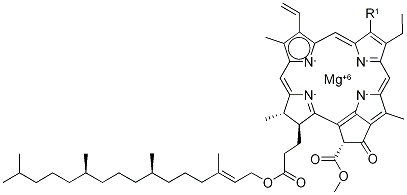
- Chemical Name:CHLOROPHYLL
- CAS:1406-65-1
- MF:C54H69MgN4O5R+2
- Chemical Name:Soya Oil Methyl Ester
- CAS:67784-80-9
- MF:
- Chemical Name:ProClin 300
- CAS:
- MF:
- Chemical Name:EC 3.2.1.6
- CAS:9074-98-0
- MF:
- Chemical Name:liposomal vitamin C
- CAS:
- MF:
- Chemical Name:LAURETH-4
- CAS:68439-50-9
- MF:C14H30O
- Chemical Name:Paraffin with ceresin
- CAS:
- MF:
- Chemical Name:food zinc glycinate
- CAS:
- MF:
- Chemical Name:Maize Starch
- CAS:65996-63-6
- MF:
- Chemical Name:ANTIFOAM SO-25 MOLECULAR BIOLOGY*REAGENT
- CAS:
- MF:
- Chemical Name:BEESWAX
- CAS:8006-40-4
- MF:
- Structure:

- Chemical Name:Sodium N-lauroylsarcosinate
- CAS:137-16-6
- MF:C15H28NO3.Na
- Chemical Name:high density polyethlene
- CAS:
- MF:
- Chemical Name:Sucrose fatty acid esters
- CAS:
- MF:
- Chemical Name:LITSEA CUBEBA OIL
- CAS:
- MF:
- Structure:
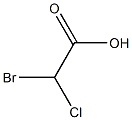
- Chemical Name:Keratin hydrolyzed
- CAS:69430-36-0
- MF:C2H2BrClO2
- Structure:
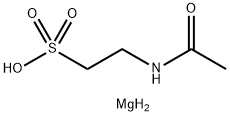
- Chemical Name:Magnesium Acetyl Taurate
- CAS:75350-40-2
- MF:C4H11MgNO4S
- Structure:
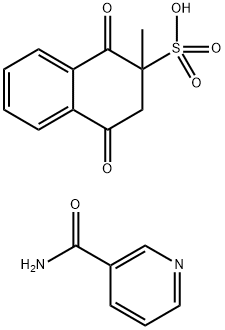
- Chemical Name:Menadione nicotinamide bisulfite
- CAS:73581-79-0
- MF:C17H16N2O6S
- Chemical Name:NeoCide PC-300 Preservative
- CAS:
- MF:
- Structure:

- Chemical Name:cetyl myristoleate
- CAS:64660-84-0
- MF:C30H58O2
- Chemical Name:Soybean Lecithin
- CAS:8030-76-0
- MF:
- Chemical Name:Chitinase from Aspergillus niger (food grade)
- CAS:
- MF:
- Chemical Name:White pigment
- CAS:
- MF:
- Structure:

- Chemical Name:Antioxidant 1135
- CAS:125643-61-0
- MF:C25H42O3
- Structure:
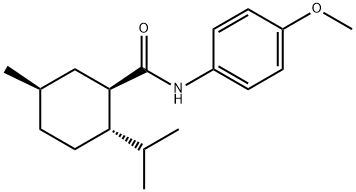
- Chemical Name:WS 12
- CAS:68489-09-8
- MF:C18H27NO2
- Chemical Name:Lactic acid fatty acid glycerides
- CAS:
- MF:
- Chemical Name:L-Lactic dehydrogenase
- CAS:9001-60-9
- MF:NULL
- Structure:

- Chemical Name:Heptakis-(6-Mercapto-6-deoxy)-beta-Cyclodextrin
- CAS:160661-60-9
- MF:C42H70O28S7
- Structure:
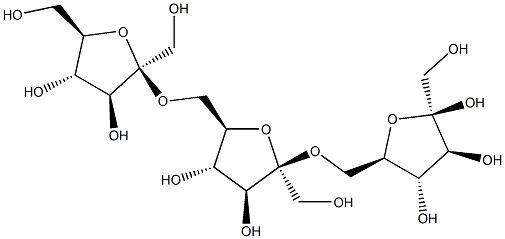
- Chemical Name:LEVAN
- CAS:9013-95-0
- MF:C18H32O16
- Chemical Name:TAMARIND GUM
- CAS:39386-78-2
- MF:
- Structure:

- Chemical Name:Astaxanthin
- CAS:472-61-7
- MF:C40H52O4
- Structure:

- Chemical Name:Poly(methylhydrosiloxane)
- CAS:63148-57-2
- MF:C7H22O2Si3
- Chemical Name:Cremophor EL
- CAS:61791-12-6
- MF:NULL
- Chemical Name:Aluminum, 2-(2-quinolinyl)-1H-indene-1,3(2H)-dione sulfo derivs. complexes
- CAS:100208-62-6
- MF:
- Structure:

- Chemical Name:LinoleicAcid
- CAS:121250-47-3
- MF:C18H32O2
- Chemical Name:Fat Grass-Fed Butter Powder
- CAS:
- MF:
- Structure:
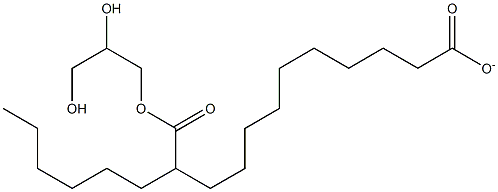
- Chemical Name:Caprylic/capric triglyceride
- CAS:73398-61-5
- MF:C21H39O6-
- Chemical Name:EC 1.1.1.37
- CAS:9001-64-3
- MF:NULL
- Structure:
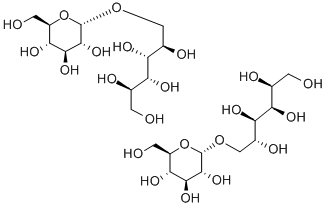
- Chemical Name:Isomalt
- CAS:64519-82-0
- MF:C12H24O11
- Chemical Name:LECITHIN
- CAS:8052-43-5
- MF:C40H82NO9P
- Structure:

- Chemical Name:BIRCH-ME
- CAS:68917-50-0
- MF:C19H28O2
- Structure:

- Chemical Name:POLYISOPRENE
- CAS:9003-31-0
- MF:C5H8
- Chemical Name:Zein
- CAS:9010-66-6
- MF:N/A
- Structure:

- Chemical Name:?4-Chlorophenoxyacetic acid sodium salt
- CAS:13730-98-8
- MF:C8H6ClNaO3
- Chemical Name:NeoCide PC-150 Preservative
- CAS:
- MF:
- Chemical Name:Biglycinate ZINC
- CAS:
- MF:
- Chemical Name:β-Amylase
- CAS:9000-91-3
- MF:NULL
- Structure:
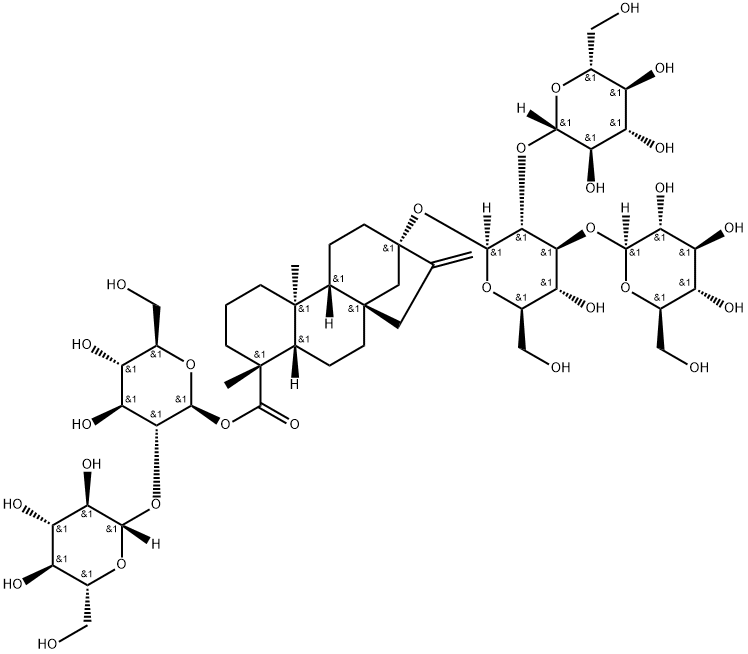
- Chemical Name:Rebaudioside D
- CAS:63279-13-0
- MF:C50H80O28
- Structure:
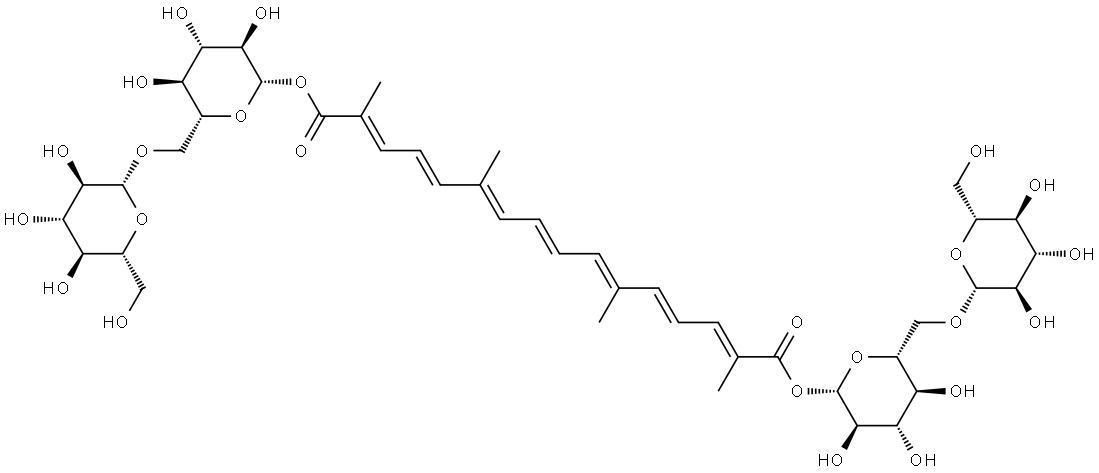
- Chemical Name:Crocin
- CAS:42553-65-1
- MF:C44H64O24
- Structure:
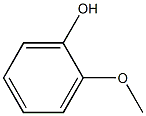
- Chemical Name:Creosote
- CAS:8021-39-4
- MF:C7H8O2
- Chemical Name:Anise Oil
- CAS:84775-42-8
- MF:
- Structure:
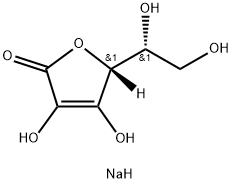
- Chemical Name:SODIUM ERYTHORBATE
- CAS:7378-23-6
- MF:C6H9NaO6
- Chemical Name:KARAYA GUM
- CAS:9000-36-6
- MF:
- Structure:
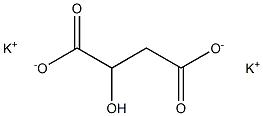
- Chemical Name:Potassium malate
- CAS:
- MF:C4H4K2O5
- Structure:
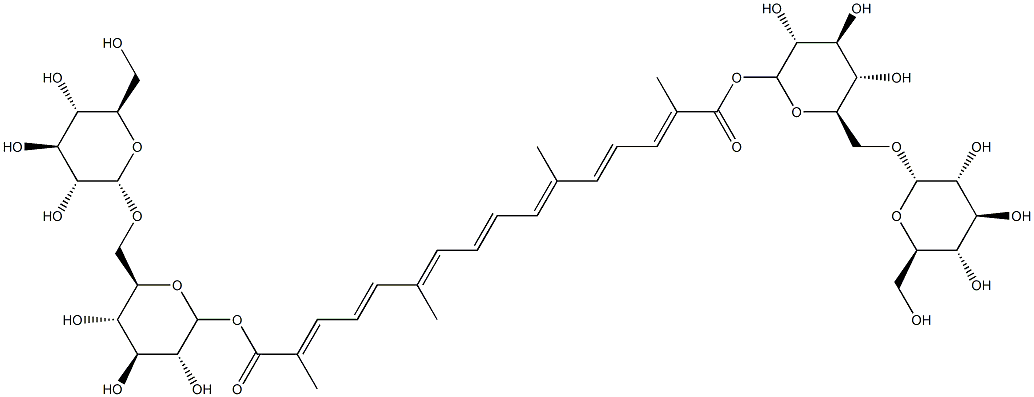
- Chemical Name:GARDENIA YELLOW
- CAS:94238-00-3
- MF:C44H64O24
- Structure:

- Chemical Name:GLUCOSAMINE SULFATE POTASSIUM CHLORIDE
- CAS:1296149-08-0
- MF:C6H15ClKNO9S
- Structure:

- Chemical Name:TRANS,CIS-2,6-NONADIEN-1-OL
- CAS:7786-44-9
- MF:C9H16O
- Chemical Name:methylol cellulose
- CAS:
- MF:
- Chemical Name:Shea butter -Refined
- CAS:
- MF:
- Chemical Name:citrus bioflavonoids
- CAS:12002-36-7
- MF:
- Chemical Name:Medium chain triglycerides
- CAS:
- MF:
- Structure:

- Chemical Name:Wintergreen Oil
- CAS:68917-75-9
- MF:C8H8O3
- Structure:
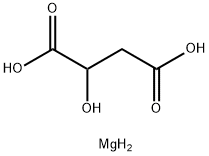
- Chemical Name:Magnesium Maleate, Dihydrate
- CAS:869-06-7
- MF:C4H8MgO5
- Chemical Name: fatty acid
- CAS:9150-89-4
- MF:
- Chemical Name:Calcium caseinate
- CAS:9005-43-0
- MF:
- Structure:

- Chemical Name:Acrylamide
- CAS:79-06-1
- MF:C3H5NO
- Structure:

- Chemical Name:MAGNESIUM LAURATE
- CAS:4040-48-6
- MF:C12H26MgO2
- Chemical Name:Span 60
- CAS:
- MF: